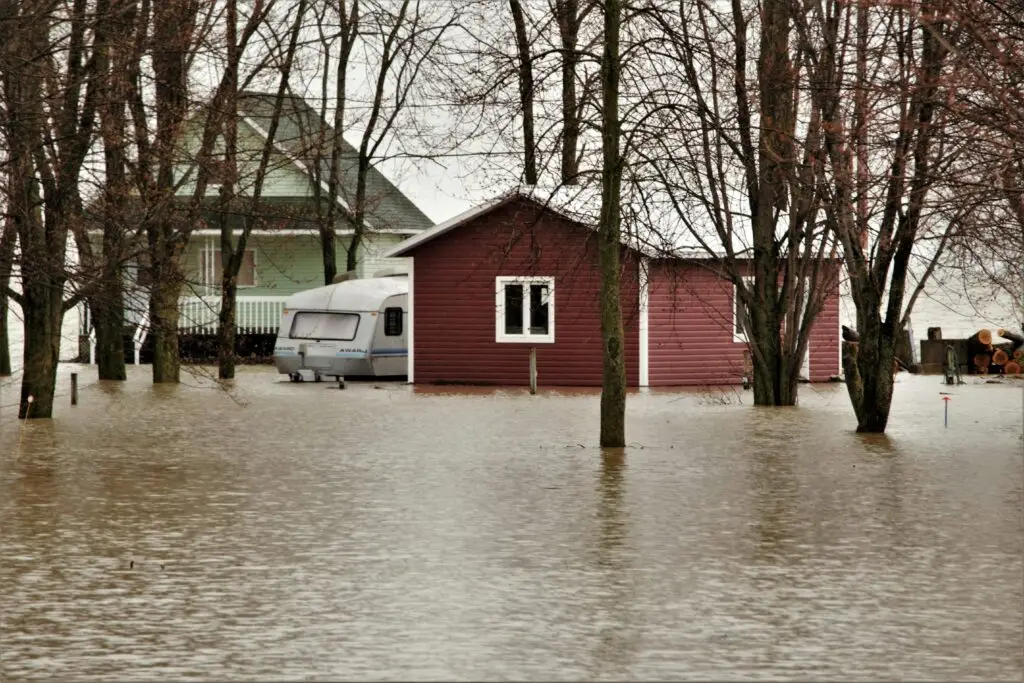Understanding Flood Damage: Types and Impacts
Flood damage can vary significantly based on the type of flood and the materials affected. Common types include flash floods, river floods, and coastal flooding, each presenting unique challenges for homeowners. Understanding these differences is crucial for effective response and recovery.
The impact of flood damage extends beyond immediate physical destruction. It can lead to health hazards due to mold growth, structural issues, and emotional distress for affected families. Recognizing these factors can help homeowners prepare and respond more effectively to flooding events.
Essential Steps for Flood Water Extraction
Flood water extraction is a critical first step in the recovery process. It involves removing standing water to prevent further damage to the property and reduce the risk of mold growth. Homeowners should act quickly, as the longer water sits, the more extensive the damage can become.
Utilizing specialized equipment like submersible pumps and wet vacuums is essential for efficient extraction. In many cases, professional services can provide the expertise and tools necessary to ensure thorough water removal and minimize long-term damage to the home.
Preventative Measures: How to Safeguard Your Home from Future Flooding
Taking preventative measures can significantly reduce the risk of flooding in your home. This includes maintaining gutters, installing sump pumps, and landscaping to direct water away from the foundation. Proactive measures can save homeowners time, money, and stress in the event of heavy rainfall.
Additionally, homeowners should consider flood insurance as a financial safeguard. Understanding local flood zones and potential risks can help in making informed decisions about home modifications and insurance coverage, ultimately providing peace of mind.
Working with Insurance: Navigating Claims After Flood Damage
Navigating insurance claims after experiencing flood damage can be complex and overwhelming. It is essential for homeowners to understand their policy details, including what is covered and the steps required to file a claim. This knowledge can facilitate a smoother recovery process.
Documentation is key when filing a claim. Homeowners should take photos of the damage, keep receipts for repairs, and maintain records of all communications with their insurance provider. This thorough approach can help ensure that claims are processed efficiently and fairly.

